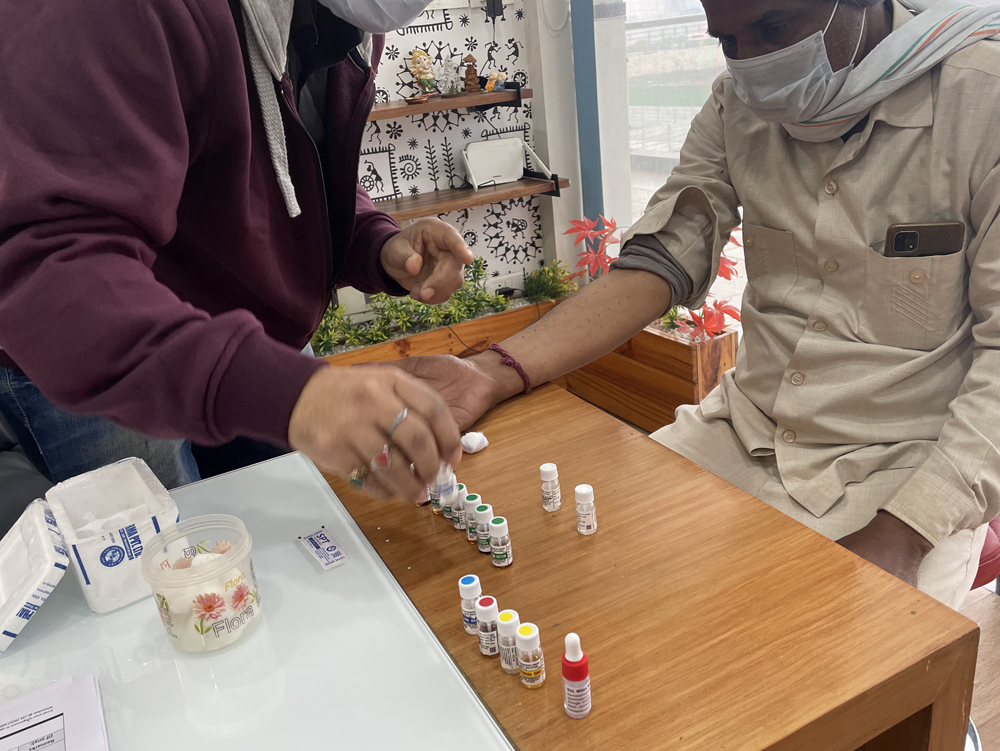
- March 7, 2023
- drsfurtimann
- 0
How does a skin prick test work?
The gold standard for allergy testing is as simple as pricking your skin, inserting a small amount of a substance which is a potential allergen. Then a wait time of 15-20 minutes to determine the reaction. If you’re allergic to the substance, a reddish, elevated bump known as wheal will appear. This bump may be itchy.

Why this happens?
When an allergen is inserted under a layer of your skin in a skin prick test, your immune system kicks in.
It sends out IgE antibodies to defend against what it believes to be a harmful substance.
Preparation for the Skin Prick Test
Before you’re given a skin prick test, doctor discusses your health history, your symptoms, and the types of triggers that seem to set off your allergies. Your doctor will use this information to determine which allergens to use in testing. Accordingly, your doctor may test you for as few as three or four substances or as many as 40.
The test is usually performed on the inside of your arm or on your back.
Medications that can interfere with the test
– You shouldn’t take antihistamines before the test.
– Tricyclic antidepressants, such as nortriptyline and desipramine
– Certain heartburn medications, such as ranitidine.
– The asthma medication omalizumab (Xolair)
Let your allergist know which antihistamine you usually take. Depending on how it works, you may need to be off it for over a week’s time.
On the day of testing, don’t use lotion or perfume on the area of skin where the test will be performed.
Skin prick testing can be performed on people of all ages, even infants if they’re older than 6 months.
It’s widely used and safe in most cases.
Information from allergy tests may help your doctor develop an allergy treatment plan that includes allergen avoidance, medications or allergy shots (immunotherapy).
Allergy skin tests are widely used to help diagnose allergic conditions, including:
– Allergic rhinitis
– Allergic asthma
– Dermatitis (eczema)
– Food Allergy
Interpretation
A positive skin test means that you may be allergic to a particular substance. Bigger wheals usually indicate a greater degree of sensitivity. A negative skin test means that you probably aren’t allergic to a particular allergen.
Skin tests aren’t always accurate. They sometimes indicate an allergy when there isn’t one (false-positive), or skin testing may not trigger a reaction when you’re exposed to something that you are allergic to (false-negative). You may react differently to the same test performed on different occasions.
Your allergy treatment plan may include medications, immunotherapy, changes to your work or home environment, or dietary changes, nutritional supplements, appropriate vaccinations, treatment of comorbidities or other accompanying ailments, lifestyle changes.
With test results that identify your allergens and a treatment plan to help you take control, you’ll be able to reduce or eliminate allergy signs and symptoms.
